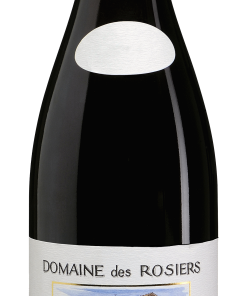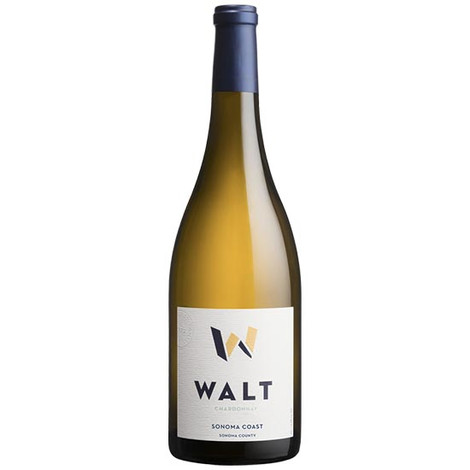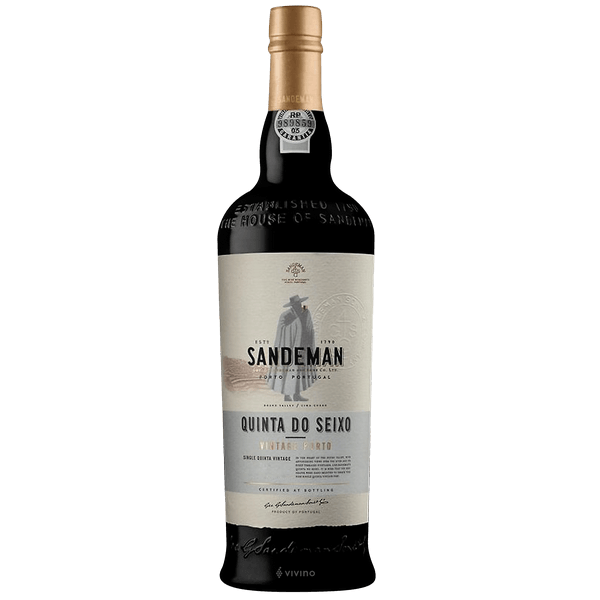2018 Walt Chardonnay Sonoma Coast
$35.50
Out of stock
2018 Walt Chardonnay Sonoma Coast
2018 Walt Chardonnay Sonoma Coast Characterized by its proximity to the Pacific Ocean; Coastal breezes along with low rolling hills and morning fog define this cool climate site. Heavy fog and strong winds tempered by bright afternoon sunshine creates a unique micro-climate within the appellation of this 2018 wine, producing distinctive. Stresses vines into producing grapes of full varietal intensity. With an array of clones and field selections, this ranch produces complex and delicious wines.
Chardonnay
Chardonnay is the world’s most famous white-wine grape and also one of the most widely planted. Although the most highly regarded expressions of the variety are those from Burgundy and California, many high-quality examples are made in Italy, Australia, New Zealand and parts of South America.
Describing the flavors of Chardonnay is not easy. While many Chardonnay wines have high aromatic complexity, this is usually due to winemaking techniques (particularly the use of oak) rather than the variety’s intrinsic qualities. Malolactic fermentation gives distinctive buttery aromas. Fermentation and/or maturation in oak barrels contributes notes of vanilla, smoke and hints of sweet spices such as clove and cinnamon. Extended lees contact while in barrel imparts biscuity, doughy flavors. Because of this high level of winemaker involvement, Chardonnay has become known as the “”winemaker’s wine””.
The variety itself (although often said to be relatively flavor-neutral) is responsible for most of the fruity flavors found in Chardonnay wines. These range from the tropical (banana, melon, pineapple and guava) to stonefruits (peach, nectarine and apricot), citrus and apples.
Climate plays a major role in dictating which fruit flavors a Chardonnay will have. Broadly speaking, warm regions such as California, Chile and much of Australia tend to give more tropical styles. Temperate zones such as southern Burgundy or northern New Zealand create wines marked out by stonefruit notes. The very coolest Chardonnay vineyards (those in Chablis, Champagne and Germany) lean towards green-apple aromas.
Mineral descriptors such as chalk, wet stones and crushed seashells also find their way into Chardonnay tasting notes. These are sometimes attributed to the soils in the vineyard, although the relationship between soil and wine flavor has become widely exaggerated. The most famously minerally Chardonnay wines are those of Chablis, one of the very few wine regions to focus on a largely unoaked style of Chardonnay.
Although most famous for its still, dry wines, Chardonnay is used to produce an impressively diverse range of wine styles. The variety is put to use in sparkling wines all over the world (most famously Champagne), when it is usually paired with Pinot Noir. It can also be found in sweet botrytized and late-harvest wines; Canada even produces sweet Chardonnay ice wines.
Chardonnay is particularly popular with wine producers, not least because it has a reliable market of keen consumers. The variety produces relatively high yields, will grow in a broad spectrum of climates and can be made into wine of acceptable quality with relative ease. In poor vintages, deficiencies can be covered up with oak flavors, reducing the financial impact of a bad harvest.
Related products
2021 Sartarelli Tralivio Verdicchio dei Casteli di Jesi Classico Superiore 2021 Sartarelli Tralivio Verdicchio dei Casteli di Jesi Classico Superiore A lively and bright straw yellow color, the 2021 Tralivio opens with an elegant and alluring bouquet of aromatic spring herbs then develops into aromas of acacia, linden, apricot and fresh almond. It also has [...]
95 Jeb Dunnuck | 93 James Suckling | 95 Robert Parker's
Chardonnay
2022 Jean-Marc Brocard Chablis Sainte Claire 2022 Jean-Marc Brocard Chablis Sainte Claire is tart, with notes of lemon oils and mango skin, as well as a bit of minty herbaceousness. On the palate, there are flavors of honey, tropical fruits just barely ripened, as well as a finish of bracing acidity. One of the most popular [...]
 2020 Ridgecrest 35th Harvest Anniversary Estate Dry Riesling Ribbon Ridge 750ML
2020 Ridgecrest 35th Harvest Anniversary Estate Dry Riesling Ribbon Ridge 750ML  Domaine des Rosiers Moulin-A-Vent 750ML
Domaine des Rosiers Moulin-A-Vent 750ML  2022 Massolino Barbera d'Alba 750ML
2022 Massolino Barbera d'Alba 750ML  2015 Fattoria Le Pupille Morellino di Scansano Riserva
2015 Fattoria Le Pupille Morellino di Scansano Riserva 



